About Me
Many times, I have been asked about my life story. I wonder what to include in my story which can be interesting and meaningful. I was born in September 1928 in a village called Suchani in District Samba….
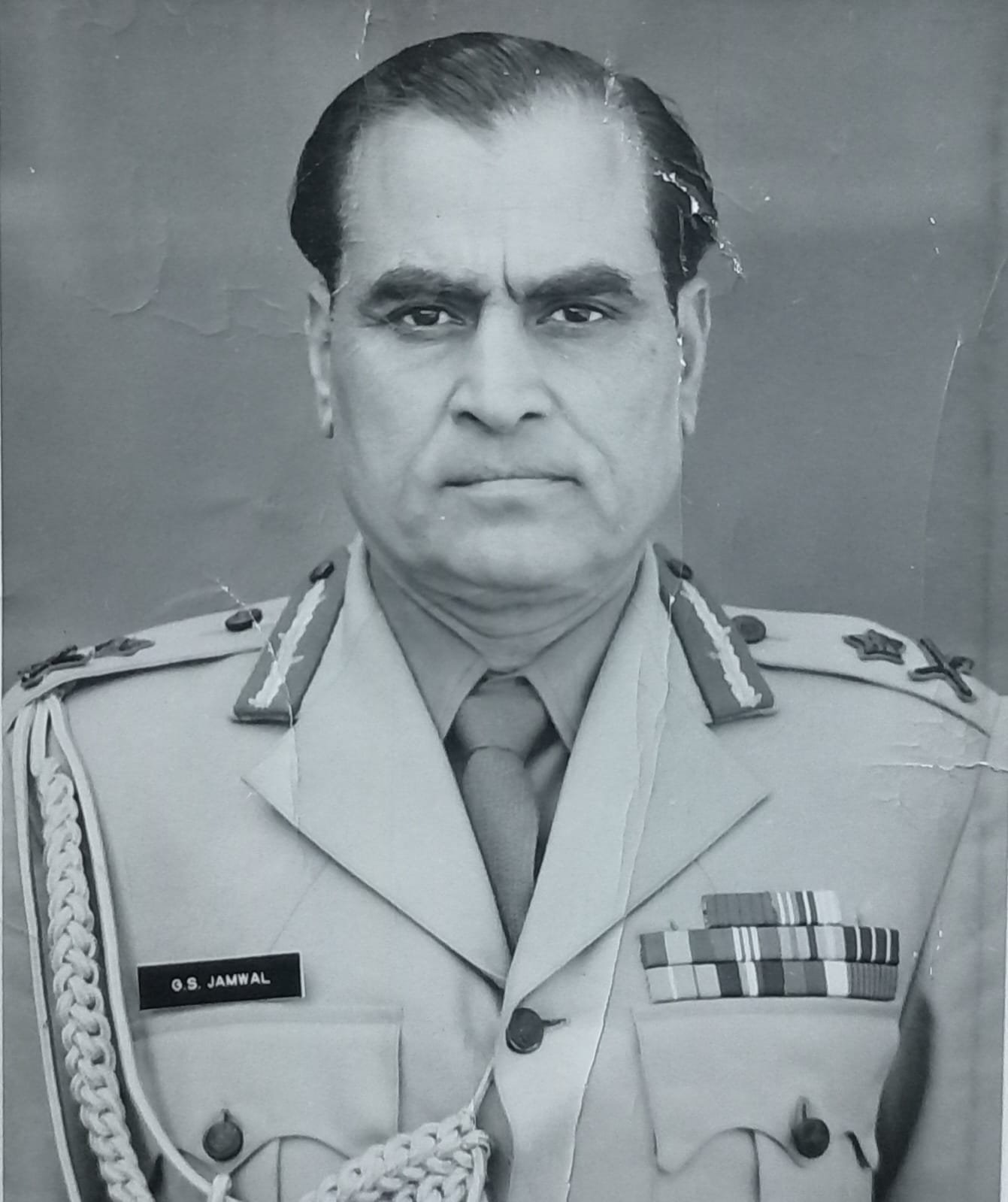
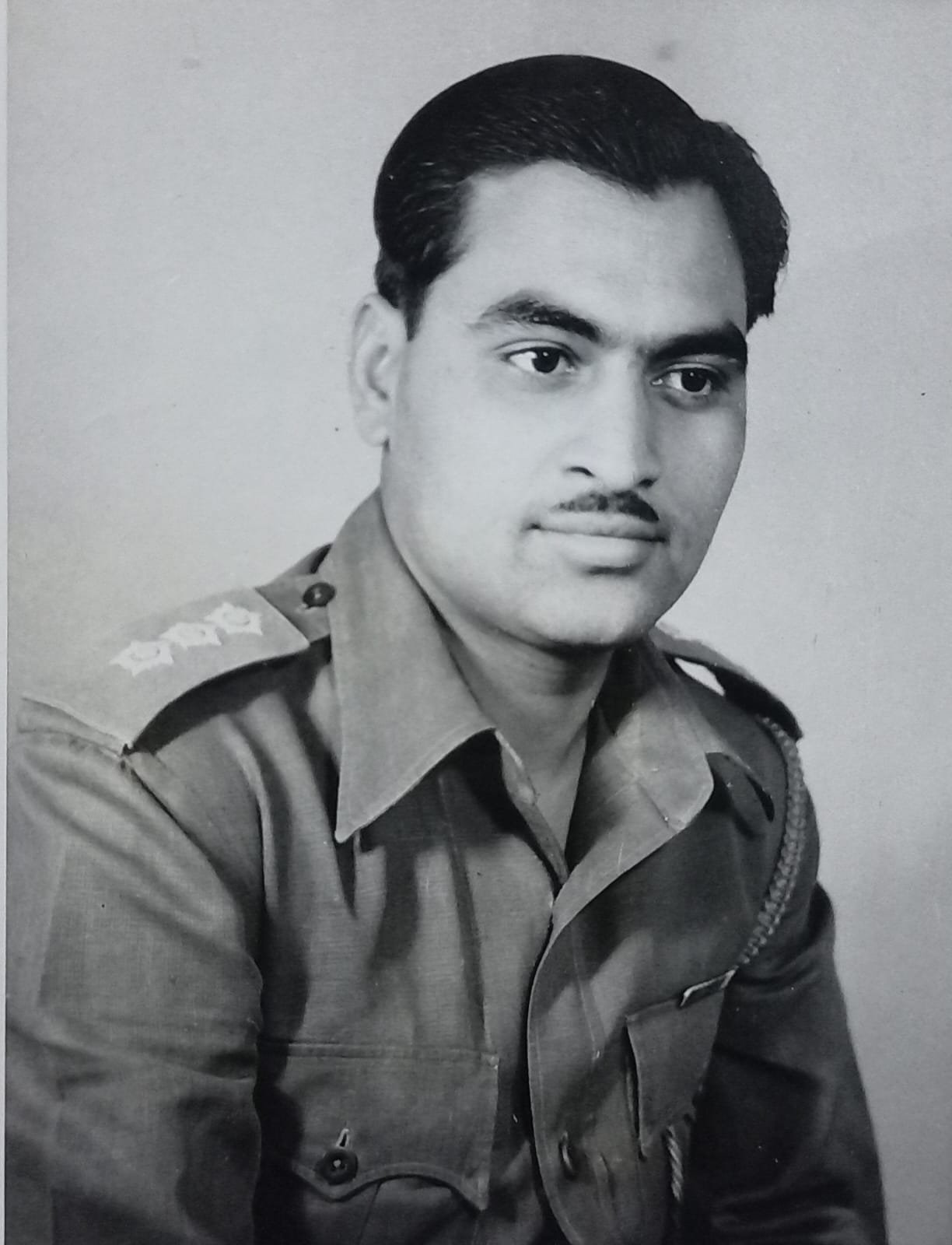
As a young captain of Rudra Shibnabh, 9JAK Infantry in 1951
Major General GS Jamwal
Many times, I have been asked about my life story. I wonder what to include in my story which can be interesting and meaningful. I was born in September 1928 in a village called Suchani in District Samba. It is almost halfway between Jammu and Samba, about 10 kms off the National Highway where there was no road up to 1947. So, you can imagine my 19 years of childhood, school, and college days, had no road, no school, no post office, electricity, even water. The ponds used to dry up by the end of May. Life was very hard, though we never felt it. Life was simple; we had no real possessions, and whatever was available in the villages, that was used. Nothing from outside came except some essential commodities or occasionally medicines, etc. Otherwise, all was grown in the village.
Since my father was in the Judiciary, he was transferred quite often, and occasionally I would go with him along with my mother. I had spent some time in Udhampur and in Jammu and also in Mirpur, which is now in Pakistan. There, I studied two classes, 2nd and 3rd primary, during the days when the Muslim uprisings were initiated by the Muslim Conference and Sheikh Abdullah in 1931, immediately after the 1931 Round Table Conference held in London. These uprisings created serious disturbances against Maharaja Hari Singh and the Dogras, and this continued for almost 4 years, spreading all over the State.
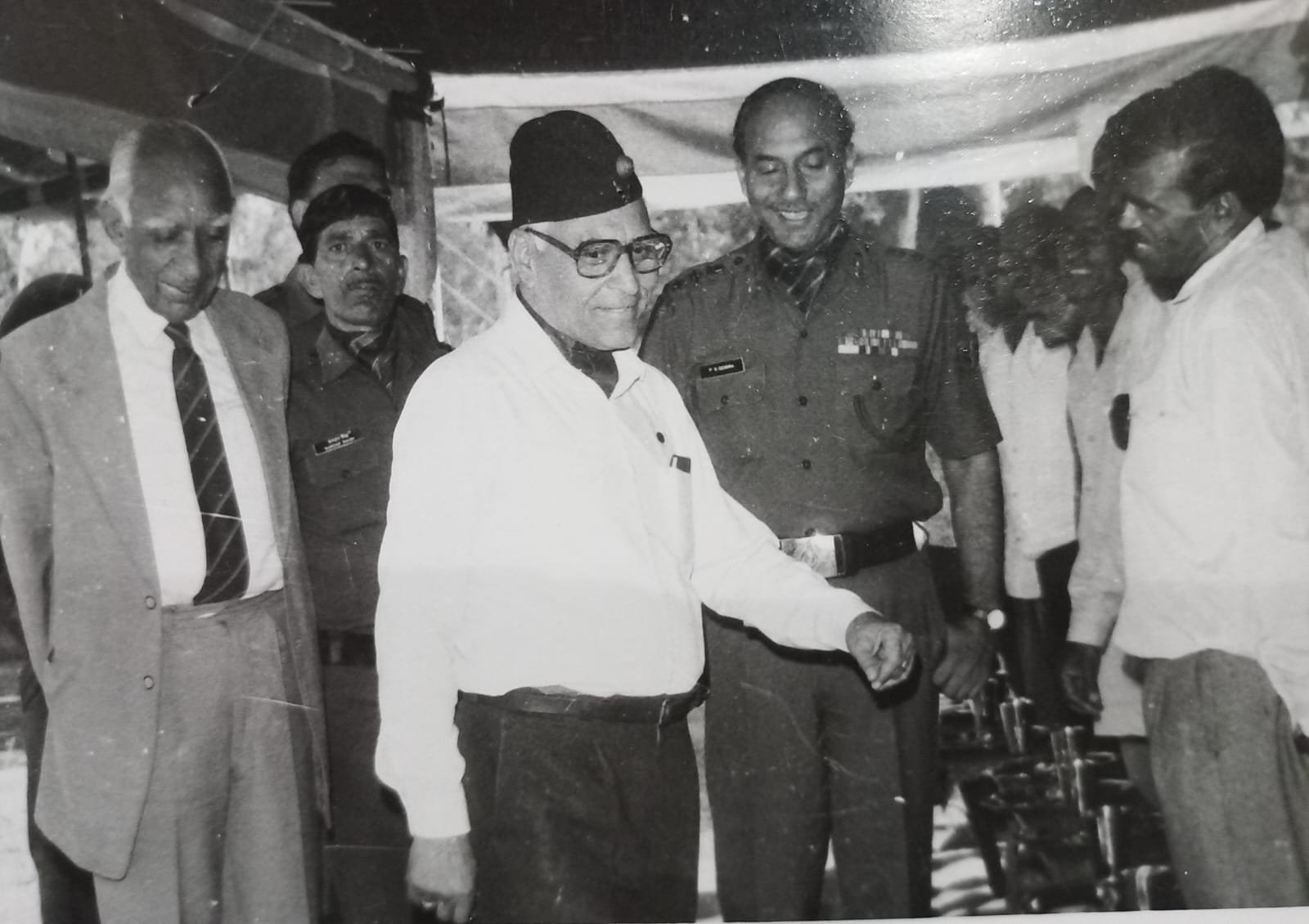
At the Bara Khana, 9 JAK with Col Prem Dogra in 1985.
At that time, we didn’t know that the British wanted Gilgit on lease to develop a strong military base against the Russians. As a young boy, I saw thousands of Muslims from Pakistan coming to Mirpur, creating fear among the Mirpur Hindus, which ultimately succeeded in 1947 when they massacred them. This is the weapon they used in J&K right up to 1947 and finally succeeded in dividing the State and ruining themselves. The Mirpuris are now mostly in England and the rest under Pakistan..
After passing 6th class from Rahya Middle School, I joined Shri Partap Memorial Rajput Military School, Jammu, and passed Matriculation from there in 1943. This school gave me physical fitness and discipline, which are most essential for any successful endeavor in life, particularly in the military. I then joined Prince of Wales College in 1943 with Arts and stayed for one year in Amar Boarding Hostel, very old hostel where even once Brig Rajinder Singh had also stayed while studying in my college.
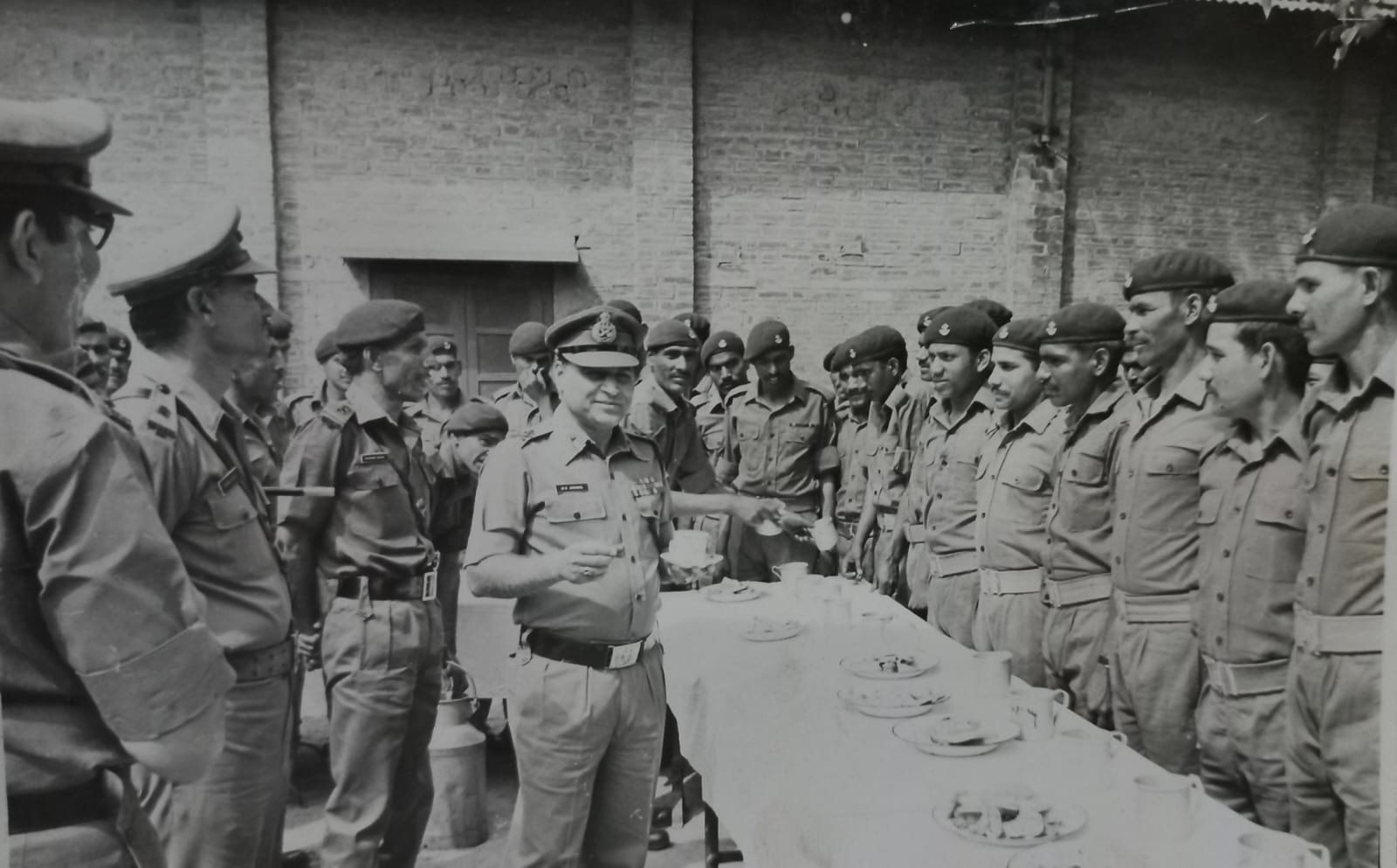
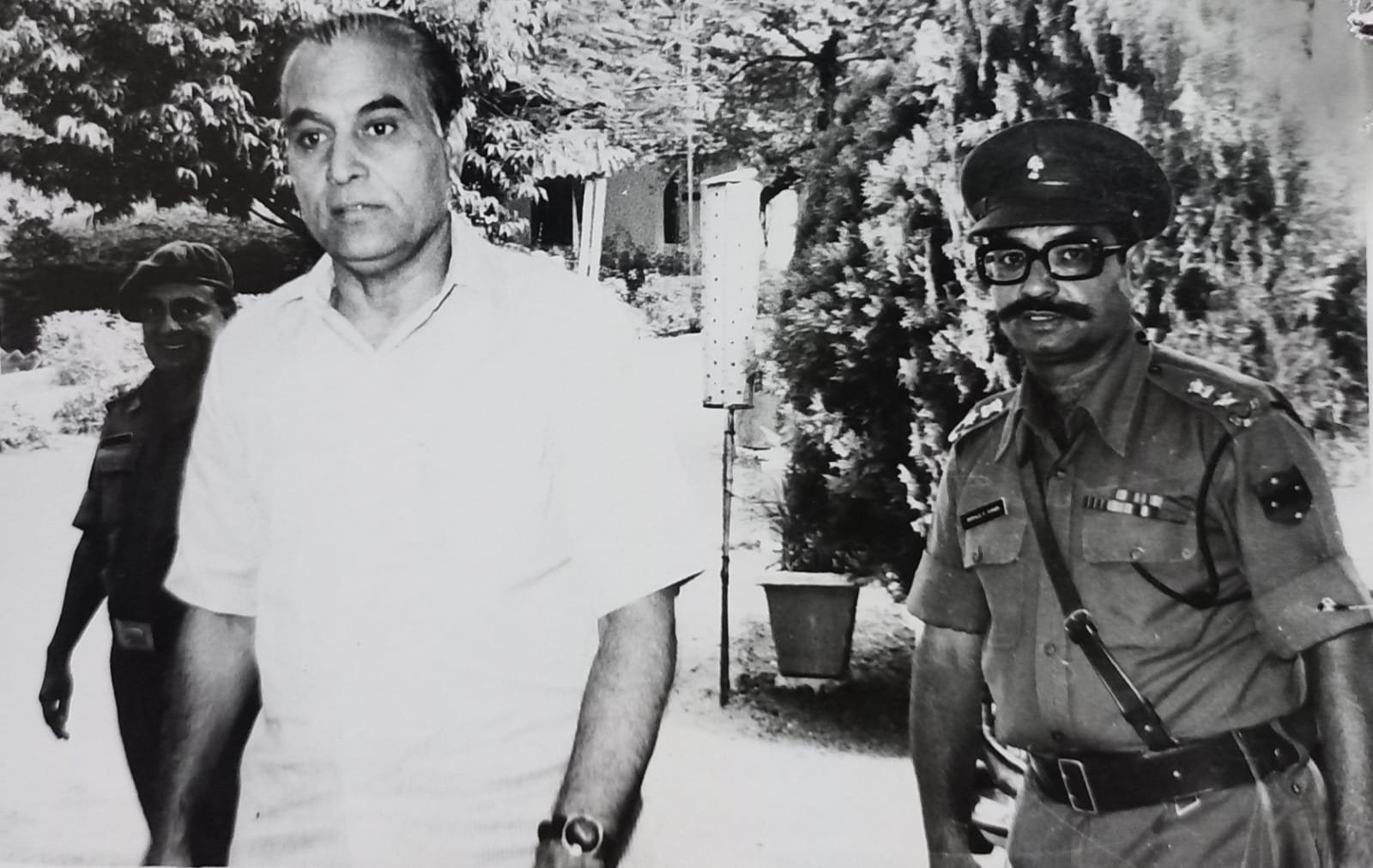
In the meantime, there was a demand for Army Commissioned Officers in the J&K State Forces. Those times were really hard as India was about to get independence, which came on 15th August 1947. By that time, our commissioning process had started in Srinagar, which took 3 months from July to September. First Independence Day, 15 Aug 1947 was celebrated in India under bloodshed and deaths, but J&K, particularly Kashmir, was peaceful. It was indeed heaven on earth, all due to the efforts of the Dogras, who had established a unique state that became independent on 15th August 1947.
On 10th September 1947, we were commissioned after many tests, physical, written, interviews, medical, and finally the interview by Maharaja Hari Singh Ji, the Commander in Chief, with Ram Chandra Kak, the Prime Minister, and Maj Gen HL Scott, the Chief of Military Staff. Out of about 200 applicants, only 10 of us were selected in the final interview, and our training started on 10th September 1947 at Srinagar in the Army training School, which used to move with Darbar from Jammu to Srinagar in Summer and back to Jammu for Winter.
